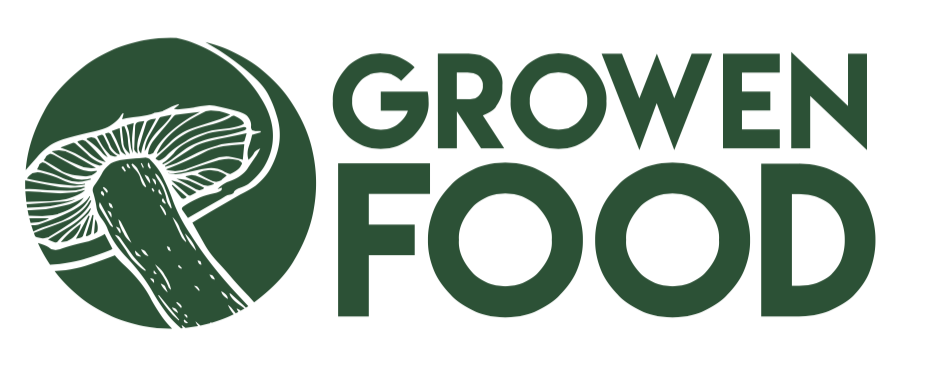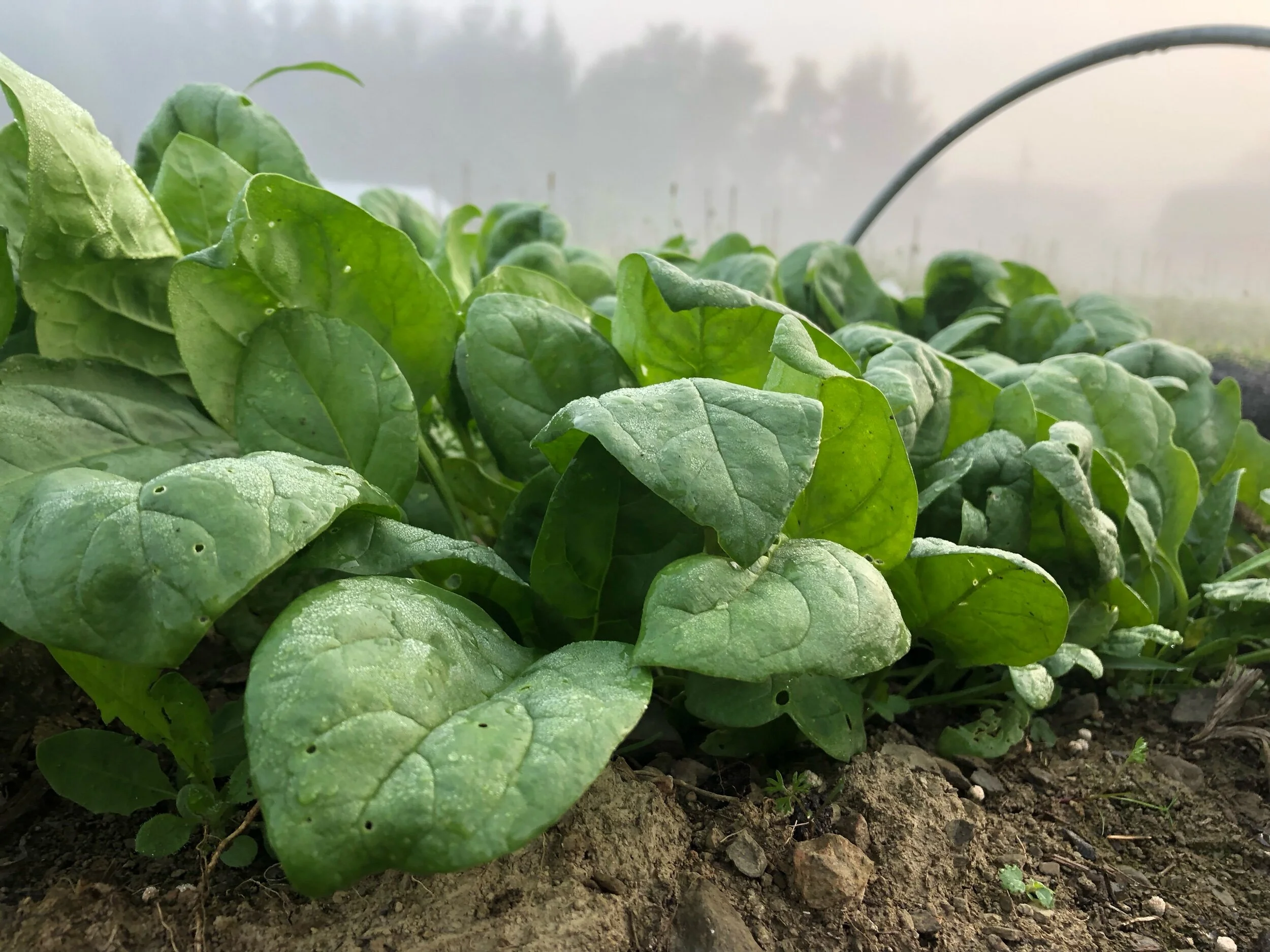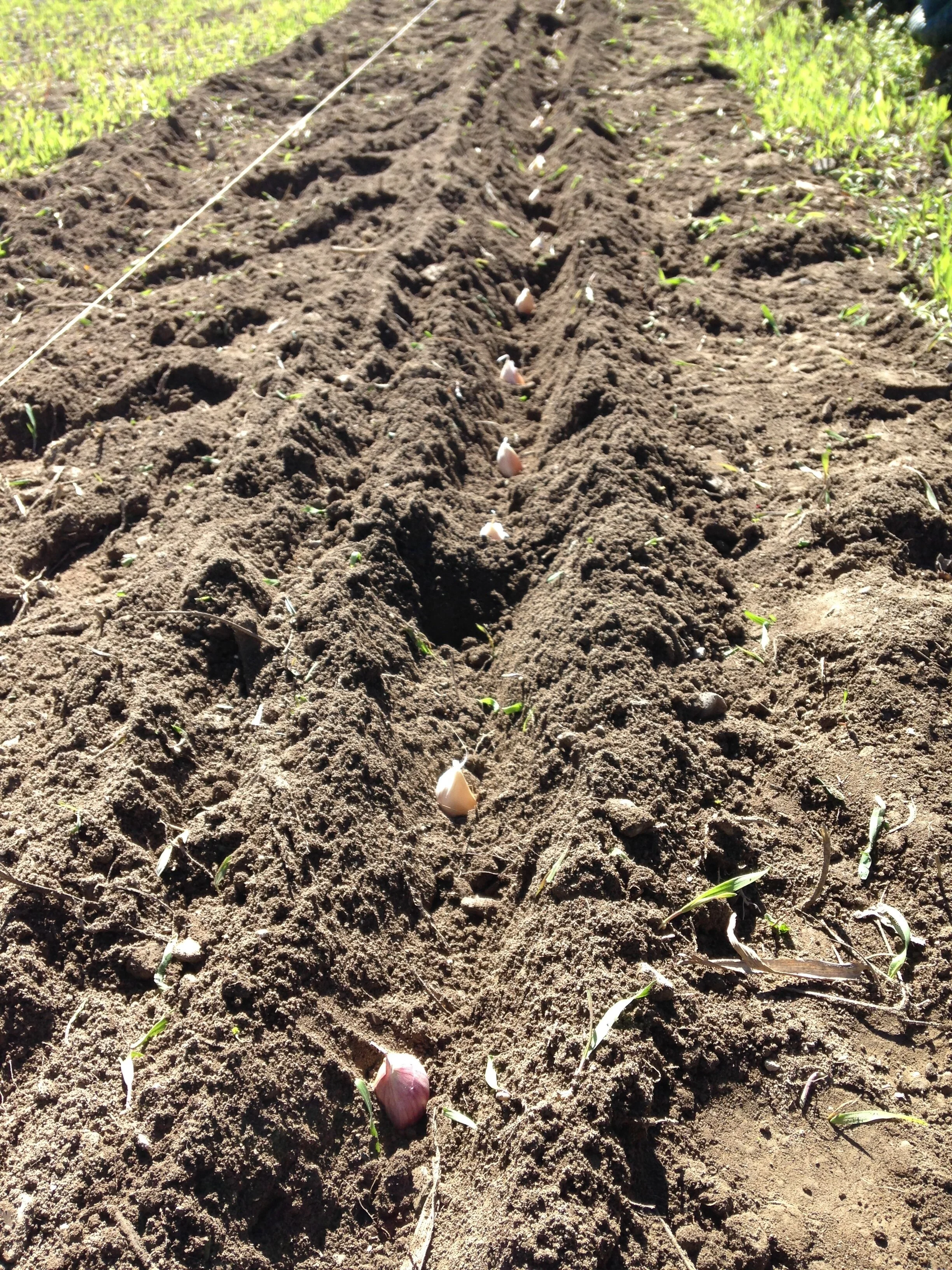Farm Description and Practices: What we are about
Since I haven’t been back out to the farmers markets yet this season, I just want to drop a little reminder about what we are all about, the methods we employ on our farm and why we do things like this. I’ll try to be quick bc the actual process is anything but… #slowfood
Located in Ridgebury, Pa., Growen Food is part of the regenerative agriculture movement. In our fifth year back on the farm, we have developed a polyculture of outdoor vegetable gardens and sistered it with indoor mushroom production.
Our mushroom variety includes lions mane, oyster and shiitakes. The latter of which are cultivated on hardwood logs using sustainable techniques that are centuries old. Our veggie selection changes with the seasons, but the quality is to remain crisp, clean and consistent. We use our extensive background in safe food handling systems to ensure that the freshest product arrives to your kitchen
With soil health as our priority, we spray zero pesticides or herbicides–certainly no fungicides either. We fertilize with OMNI certified compost, amend with old mushroom substrate and work to minimize tillage. In fact many of our garden beds are no-till as we strive toward our full-circle goals in regenerative agriculture.
In addition to the vegetables, our niche is specialty mushrooms. Our shiitakes grow on hardwood logs, ethically harvested from the forests surrounding our farm. Meanwhile, the lions mane and oysters are cultivated on certified organic sawdust sourced 100-percent from America. After the mushrooms are harvested and the substrate composts down, we then use it to help feed organic matter to our garden beds, former pasture where cows grazed decades ago. It's there where we grow our vegetables now.
A similar process of decomposition unearthing new life occurs naturally out in the woods. Our belief is that by working with Mother Nature as closely as we can – in the gardens as well as in the mushroom hall – then we will produce a clean and healthy final product for you.
Part of that means we try to reduce tillage in order to conserve the biodiversity of our garden soil. With a healthy life balance at and below the root level, creating an underground community that includes beneficial fungi and bacteria, we get to do away with harmful sprays and chemicals.
We are about delivering the safest and cleanest product to your family and we want it to taste delicious, too! With experience in the food-service industry, we employ techniques for optimal and safe food handling. That is to ensure our products arrive to your kitchen in fresh and clean form. We want our greens to be vibrant, our beets juicy, our kale crunchy. We want our mushrooms to taste and look like ones you don't find at the store, and we want that every time.
If you have questions or thoughts, please feel free to leave a comment or contact us at growenfood@gmail.com



